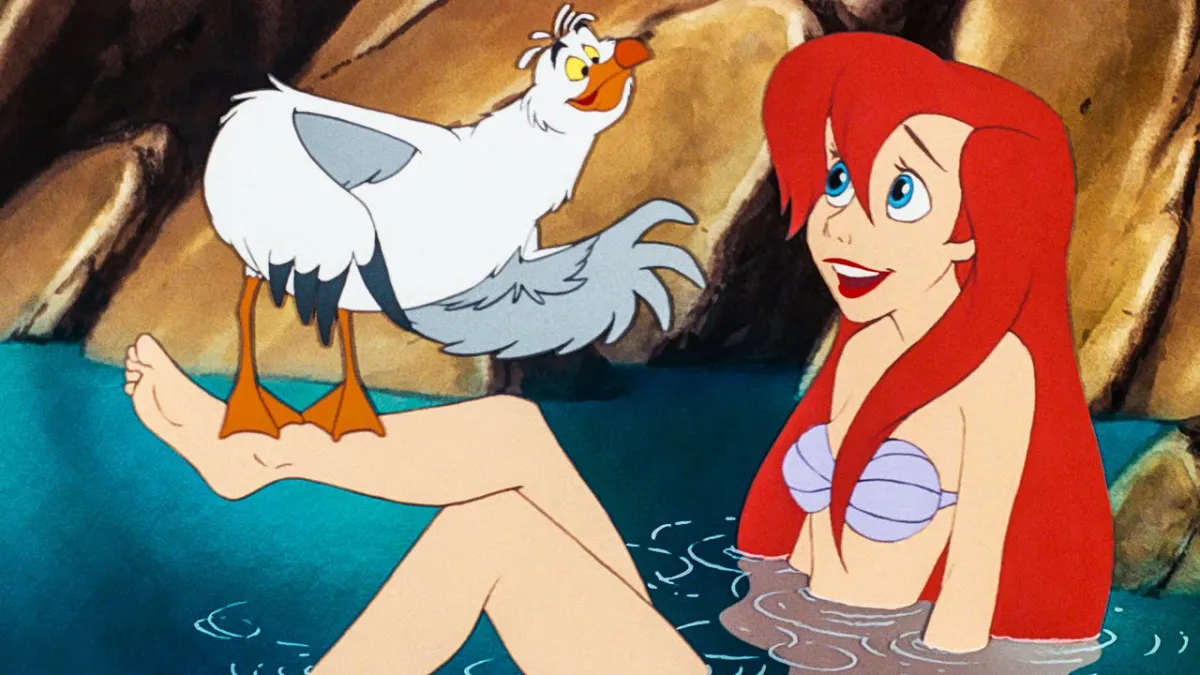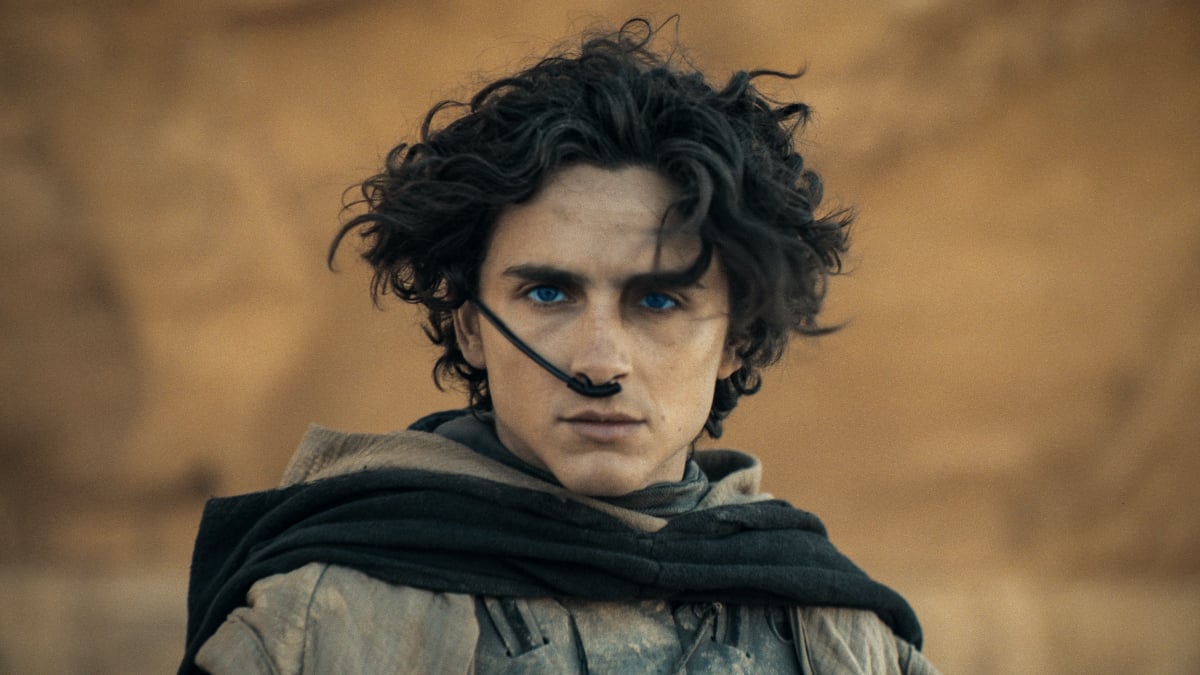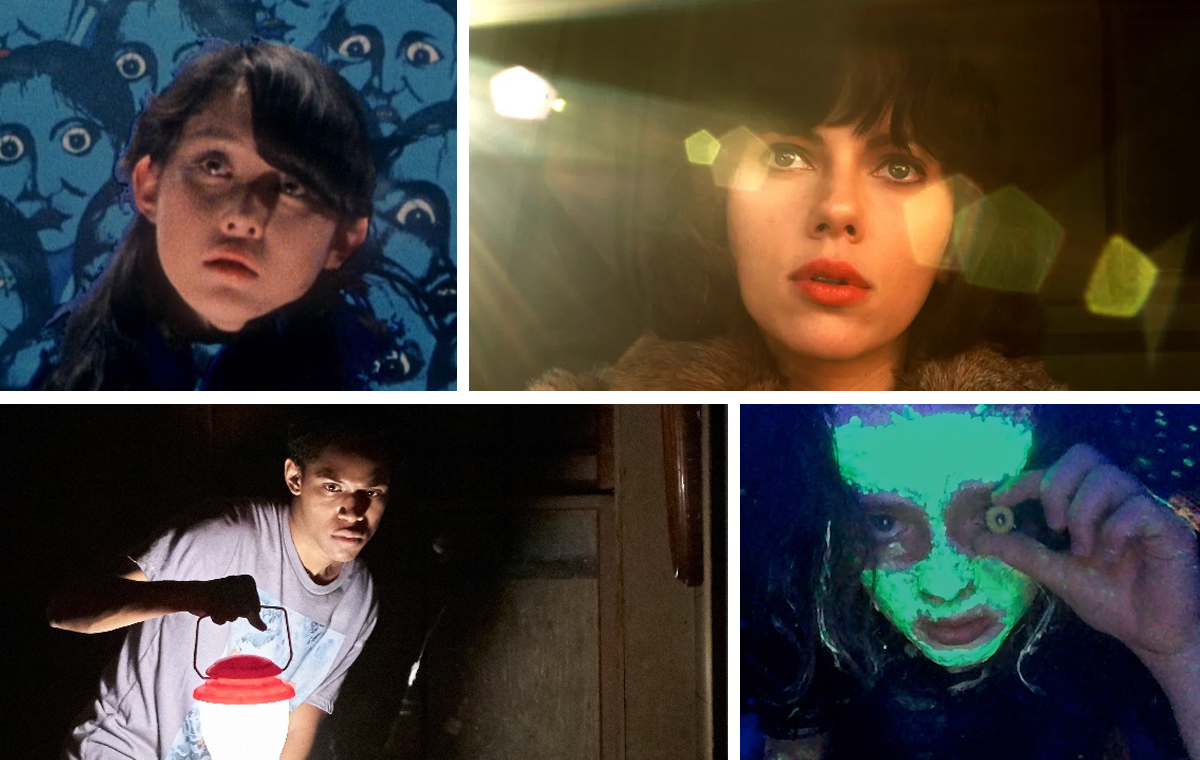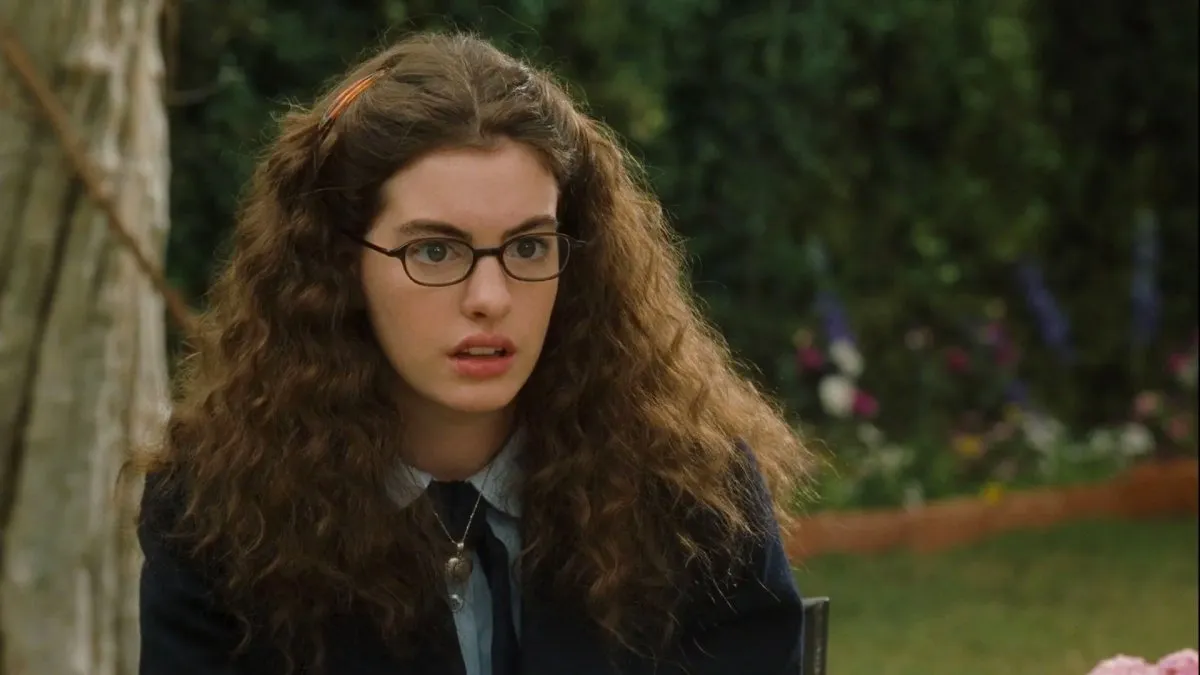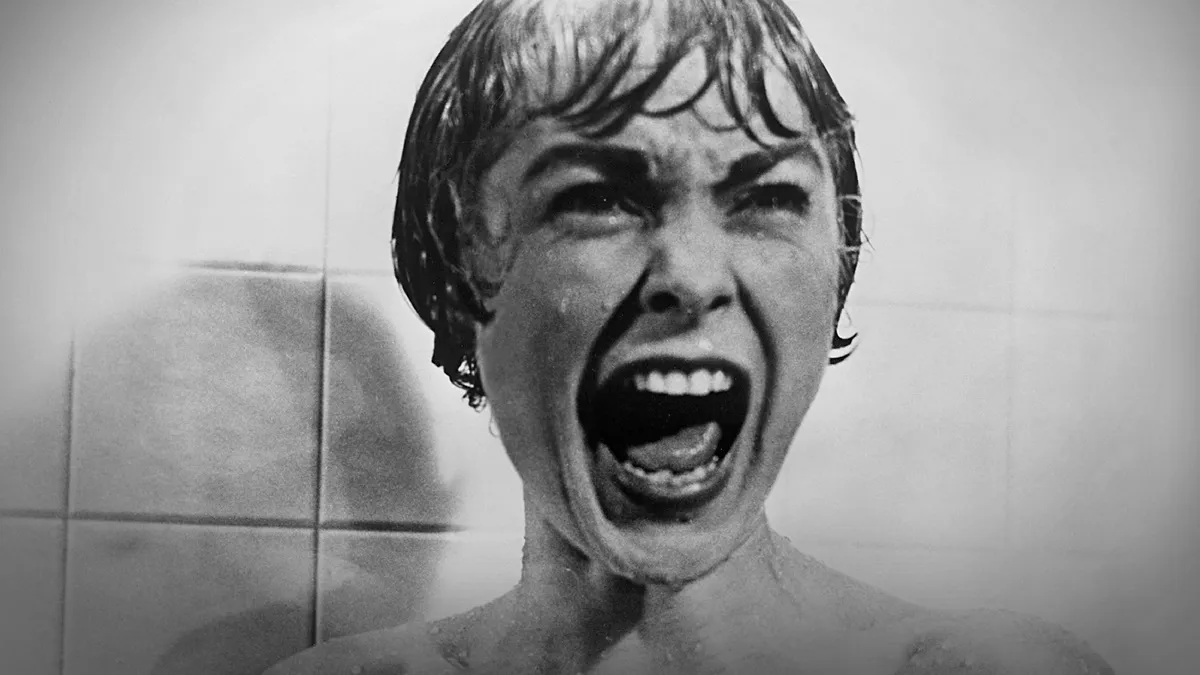After buying my ticket for Disney’s new live-action remake of The Little Mermaid—which, as you might have heard, is currently one of the top movies in the world and hailed as one of the Mouse’s best remakes so far—I decided that I needed to rewatch the original animated version from 1989 so I could sit myself in that theater with as fresh a memory as possible. You know, as if I hadn’t burned through that VHS tape as a child.
As I watched it, mouthing along with Scuttle’s best one-liners—which, I have to say, are way funnier in the Italian dub I grew up with than the original English version—and all those iconic songs, I was hit by an understanding that I have probably always had but that it was nice to see so evident and so clear.
The Little Mermaid was one of the very first queer stories I ever witnessed, way before I realized that I was queer myself, and it’s not just a me thing—queer interpretations of The Little Mermaid go all the way back to Hans Christian Andersen’s original work. Stepping right back under the sea just as Pride Month is starting feels incredibly right.
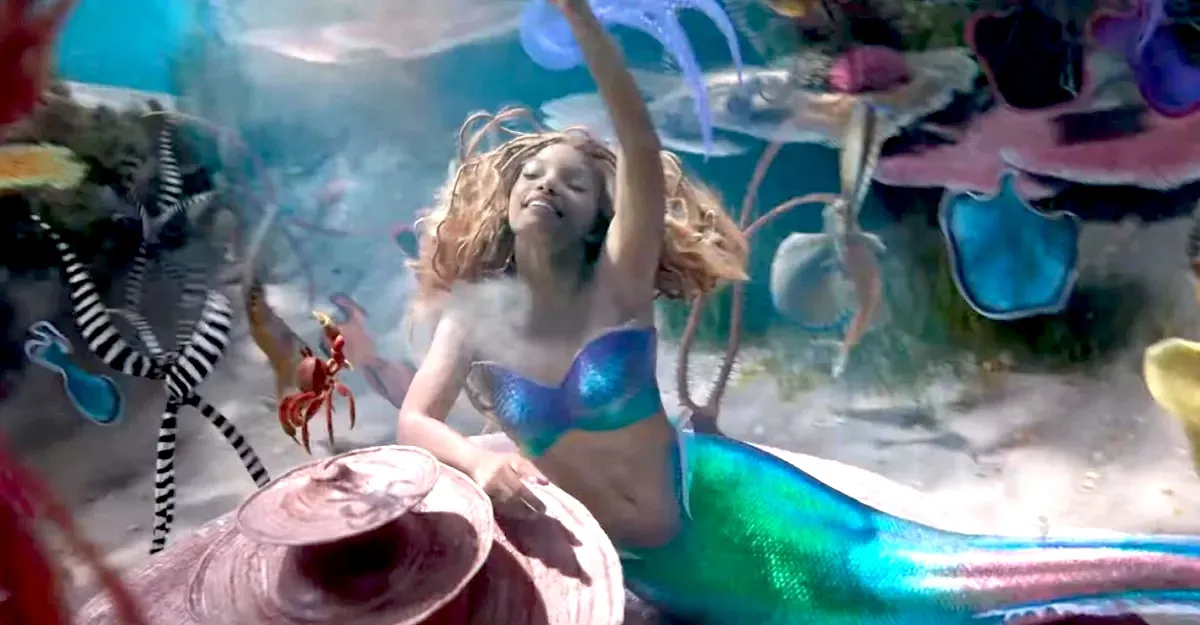
The queerness of the original fairytale
Danish author Hans Christian Andersen penned the literary fairytale The Little Mermaid in the first half of the 19th century. As we know, the story would go on to enjoy incredible international success, so much so that one of the symbols of Copenhagen is a statue of the little mermaid herself, sitting on a rock and wistfully looking at the human world.
Queer readings of this fairytale sprang up almost immediately, both while looking at it from an internal point of view and from an external one—while there has never been an “official” label attached to him, it’s a proven fact that Andersen had feelings of love and affection for other men.
His unrequited love for Danish civil servant Edvard Collin in particular might have been the spark that inspired The Little Mermaid. It’s not that hard, after all, to see the great love the original little mermaid has for the human prince who doesn’t see her in any romantic way, but instead as a close companion, and read it all as a great metaphor for what is undoubtedly a very common experience: being a queer person and having unrequited feelings for someone who can never return them, because they are not queer themselves.
“Part of Your World” is a metaphor, actually
The most interesting queer reading of The Little Mermaid, though, is the one that can be done in-universe—and that actually comes through that much stronger in the original Disney animated movie. One pretty pivotal part of the entire story is, of course, the fact that the titular little mermaid—who has by now become synonymous with Ariel, the name Disney gave her, even though she doesn’t have one in Andersen’s fairytale—strikes a deal with the sea witch to gain a pair of human legs and be able to live on land.
Many, in my humble opinion, superficial takes have critiqued this plot point that tells young girls they have to drastically alter themselves for the attention of a man. But that’s not really what the text tells us. Ariel’s love for the human world is one of the very first things that we discover about her—and it’s a passion that has been going on for a while, since it must have taken her some time to collect all the thingamabobs that she keeps in her grotto.
Eric is undoubtedly the catalyst of her decision, paired with King Triton’s destruction of her treasures, but what she ends up doing is something that she has clearly wanted for a while.
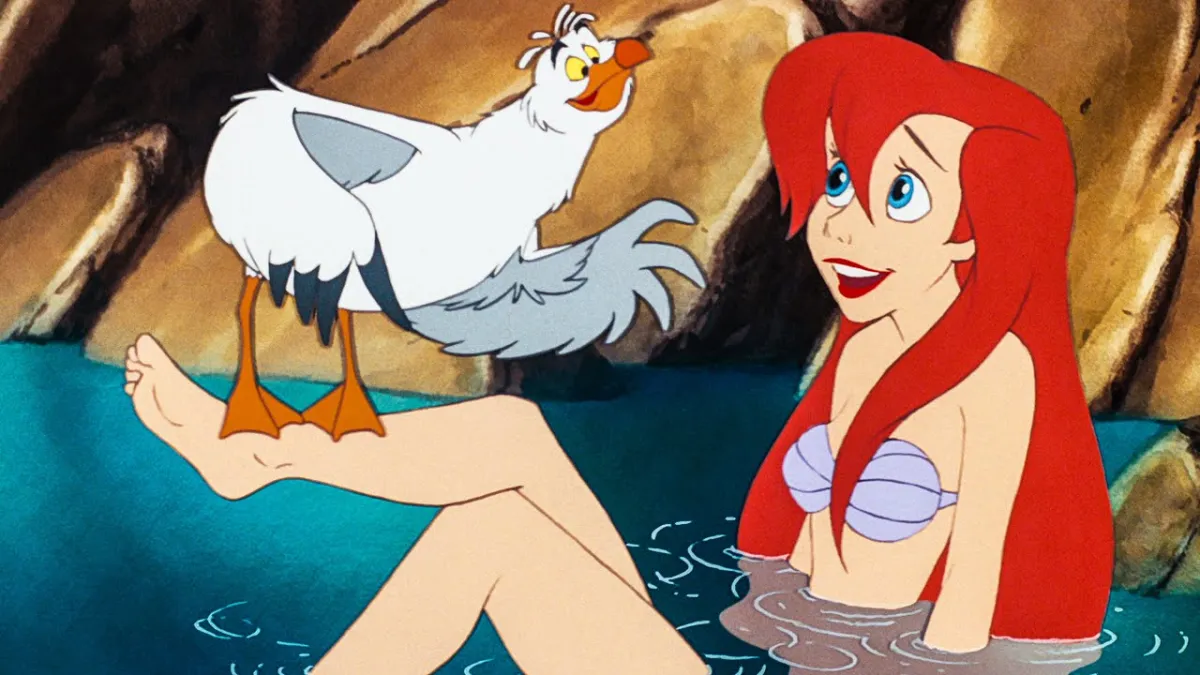
So, Ariel doesn’t change her body to appease a man’s expectations. She does it to feel more at home in it, to become her most true and authentic self, and if that isn’t a textbook metaphor for the transgender experience, I don’t know what is.
After all, the entirety of Ariel’s personality and behavior, as they are shaped by Disney, could very much be read as a quintessential queer experience. She knows very well what her society expects from her and what her place should be, and yet she can’t really be that without betraying a fundamental part of herself. Her outlook on the world is different from that of everyone around her.
It’s all perfectly exemplified in Ariel’s big musical number, “Part of Your World.” Her grotto is the place where she can be true to herself and enjoy her passion, the place that lets her express herself safely away from the judging eyes of the people that surround her. It grants her a certain amount of freedom, and yet, towards the end of the song, it’s also clearly a prison—a pale imitation of what she could actually have if she were able to go on land. That sounds very much like being in the closet to me—I say, as someone who was in the closet for a good chunk of her teenage years.
Halle Bailey’s new version of the song is somehow even more wistful than Jodi Benson’s original, which only serves to make the queer metaphor more poignant and particularly moving. The live-action remake also highlights how Ariel is decidedly different from the rest of her family—while her sisters all have a very precise and defined role in their underwater society, Ariel strikes the audience as even more the odd one out.
Then there’s of course the character of Ursula, one of the most iconic Disney Villains—and one of my faves—with one of the best songs of the whole bunch, which reads very much like a typical drag show. And since it’s a well-known fact that drag queen Divine inspired Ursula’s character design, it’s safe to say that “Poor Unfortunate Souls” was definitely meant to evoke the image of a drag performance.
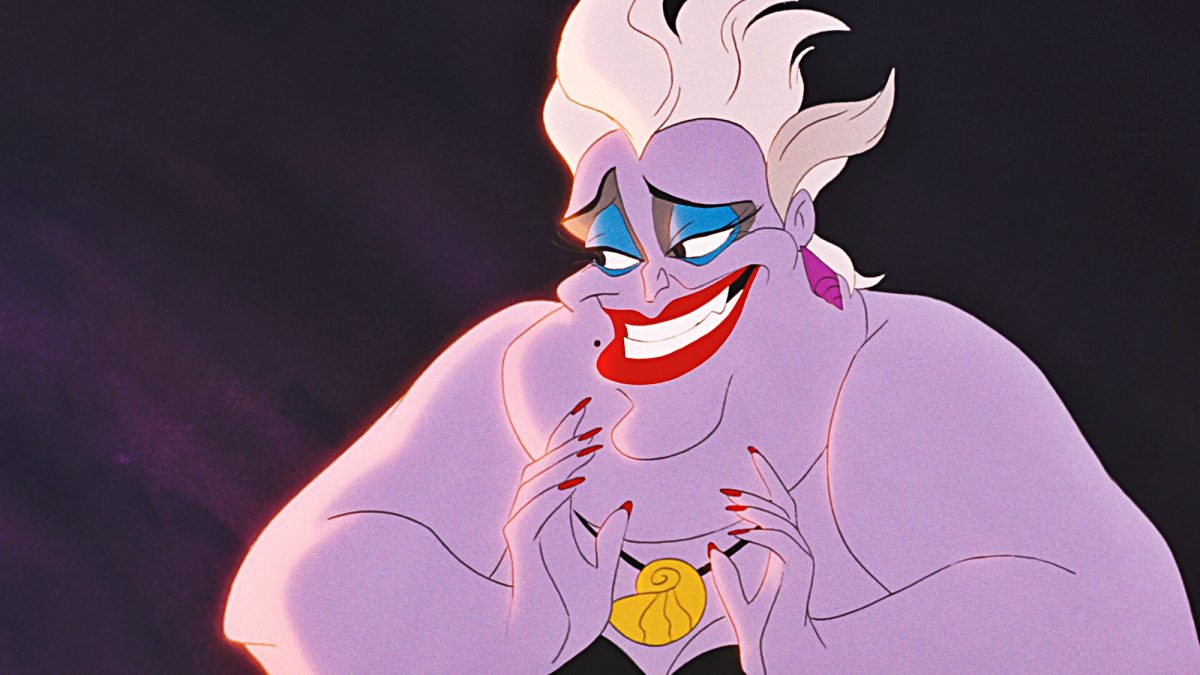
The two minds behind the original 1989 music of The Little Mermaid also play a role in the queer reading of the movie. The Little Mermaid was the first Disney collaboration between lyricist Howard Ashman, a gay man himself, and composer Alan Menken, who would go on to work together on Beauty and the Beast and also part of Aladdin before Ashman sadly passed away in 1991. Ashman in particular would have been familiar with New York’s queer culture, and so it makes sense that he would transpose part of it into his work for The Little Mermaid’s score.
And let’s not forget the iconic shot of Ariel surfacing after having obtained her legs, springing out of the water to regain her breath. It always fascinated me, right from the very first time I watched the movie as a five-year-old. Looking back at it now, I realize that it was very much an “I hope this doesn’t awaken anything in me” moment. Spoiler—of course, it did.
(featured image: Walt Disney Company)



